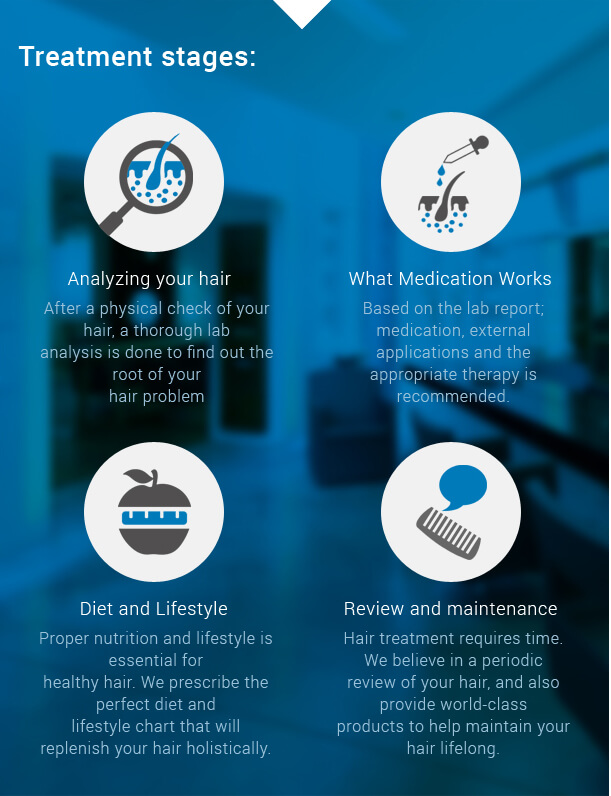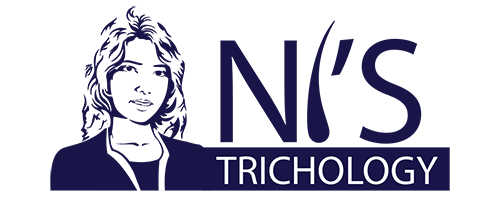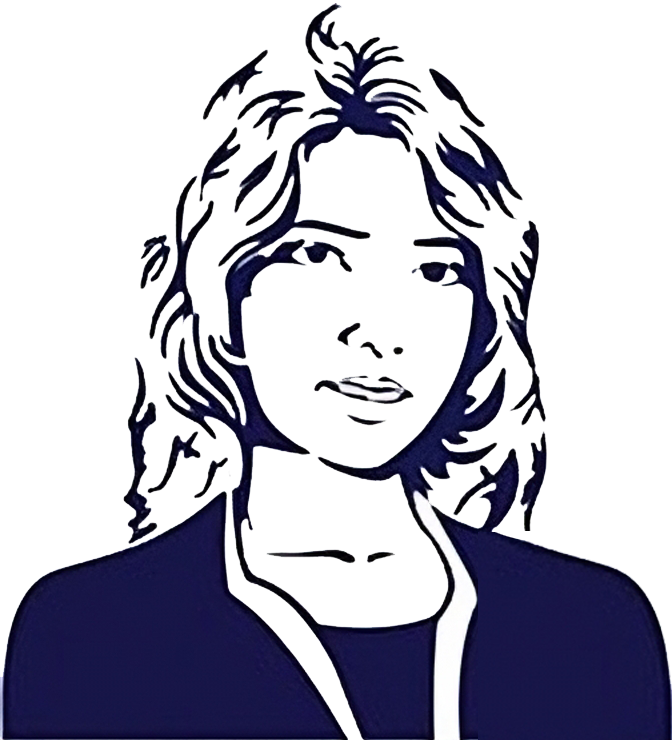Hirsutism Treatment
Meaning of Hirtsutism
Hirsutism, a condition where females experience unwanted, male-pattern hair growth, entails excessive hair growth in areas such as the face, chest, and back, often characterized by dark and coarse hair.
Facial Hirtsutism
The presence of excessive facial hair is a significant concern for females as it is both visible and apparent. While genetics may play a role in hirsutism, other factors contribute to hair distribution and color.
Causes of Hirtsutism
Excessive production of male hormones, known as androgens, is the primary cause of hirsutism. Additionally, hereditary factors can influence this condition.
Two Different Types Of Hirtsutism
Understanding hirsutism entails recognizing its two distinct types: idiopathic and secondary. In both, females experience excessive hair growth due to enlarged hair follicles and darker, thicker hair texture. Facial hirsutism, for instance, showcases heightened hair growth alongside changes in hair texture. Idiopathic hirsutism, characterized by unknown causes, often stems from hereditary factors.
Secondary hirsutism, on the other hand, is linked to specific factors like irregular menstrual cycles, which often necessitate hirsutism treatment. Alongside excessive hair growth, affected individuals may exhibit masculine traits such as diminished breast size, increased muscle mass, and a deeper voice.
A prevalent cause of secondary hirsutism is polycystic ovarian syndrome (PCOS), contributing to hormonal imbalances and irregular menstruation. Seeking guidance from clinical practitioners is advisable for individuals grappling with hirsutism under either condition.
Signs & Symptoms Of Hirtsutism
Many individuals often confuse excessive hair growth in females with hypertrichosis. Hence, it’s essential to discern the disparity between hirsutism and hypertrichosis before seeking hirsutism treatment.
In hirsutism, excessive hair growth in females mirrors the male distribution pattern. Conversely, hypertrichosis entails abnormal hair growth, surpassing typical norms based on age, sex, and race, irrespective of gender.
Signs of virilisation along with hirtsutism
-
- Change in voice, usually deepening of voice
- Loss of hair- Balding
- Acne Development
- Small Breasts
- More Muscle Mass
Risk Factors Other Than Excessive Hair Growth In Females
Factors Contributing to Hirsutism
Hormonal imbalances, such as those observed in Cushing’s syndrome or due to androgen-producing ovarian tumors, can trigger hirsutism. Additionally, obesity and certain genetic disorders, like mixed gonadal dysgenesis—a rare condition involving ambiguous genitalia at birth—can lead to the development of hirsutism during puberty in affected females.
Our Approach Towards Hirtsutism Cure
At NIS, our approach begins with a thorough assessment to rule out underlying endocrine or genetic issues. Following diagnosis, tailored treatment plans are devised.



